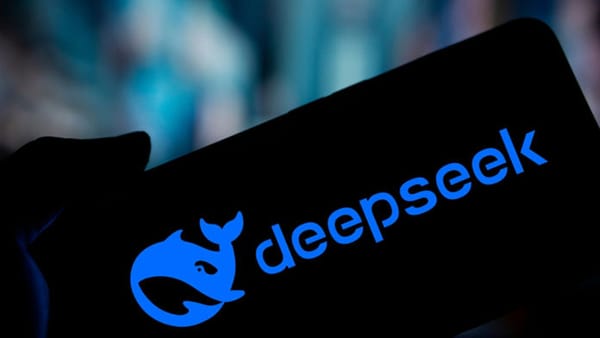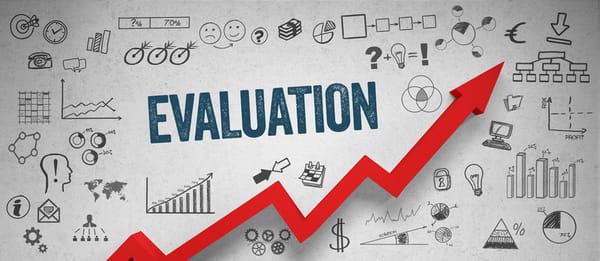Regulatory Landscape of AI: Balancing Innovation and Ethics

Artificial Intelligence (AI) has rapidly evolved from a futuristic concept to an integral part of our daily lives, influencing sectors ranging from healthcare to finance. As AI technologies become more sophisticated, the imperative to regulate their development and deployment has intensified, aiming to ensure that innovation does not compromise ethical standards or public safety.
The European Union's Pioneering Step: The AI Act
In August 2024, the European Union (EU) enacted the Artificial Intelligence Act (AI Act), marking the world's first comprehensive legal framework to regulate AI. This legislation seeks to position Europe as a leader in trustworthy AI by establishing clear guidelines for the development, marketing, and use of AI within the EU. The AI Act introduces a risk-based approach, categorizing AI applications into three tiers:
- Minimal Risk: Applications such as AI-enabled video games and spam filters fall under this category and are largely unregulated, allowing for continued innovation without stringent oversight.
- High Risk: Systems employed in critical areas like healthcare, transportation, and law enforcement are subject to strict requirements to ensure they do not compromise safety or fundamental rights.
- Unacceptable Risk: AI applications deemed to pose significant threats to safety or fundamental rights, such as social scoring by governments, are explicitly prohibited under the AI Act.
By implementing this tiered framework, the EU aims to foster innovation while safeguarding ethical standards and public interests.
The United States' Strategic Measures: Export Controls on AI Technologies
Concurrently, the United States has taken strategic steps to regulate the global flow of AI technologies. In January 2025, the U.S. government announced new export controls designed to maintain its leadership in AI and prevent adversaries from leveraging advanced technologies for military or surveillance purposes. These measures include:
- Export Restrictions: Limiting the export of advanced AI chips and technologies to non-allied nations, notably China, Russia, Iran, and North Korea, to prevent the misuse of AI capabilities.
- Security Standards: Establishing protocols to protect the model weights of advanced AI systems, ensuring they are stored and utilized securely to prevent unauthorized access.
These regulations reflect a broader strategy to control the dissemination of critical technologies, balancing national security concerns with the need to remain competitive in the global AI landscape.
Global Implications and the Path Forward
The regulatory initiatives by the EU and the U.S. underscore a growing recognition of the dual-use nature of AI technologies—they hold immense potential for societal benefit but also pose risks if misapplied. The challenge lies in crafting policies that do not stifle innovation but ensure ethical deployment.
International collaboration is emerging as a crucial component in this endeavor. For instance, the EU's AI Act not only sets standards within Europe but also influences global discussions on AI governance, encouraging other regions to consider similar frameworks. Such harmonization efforts aim to create a cohesive approach to AI regulation, facilitating innovation while upholding shared ethical principles.




